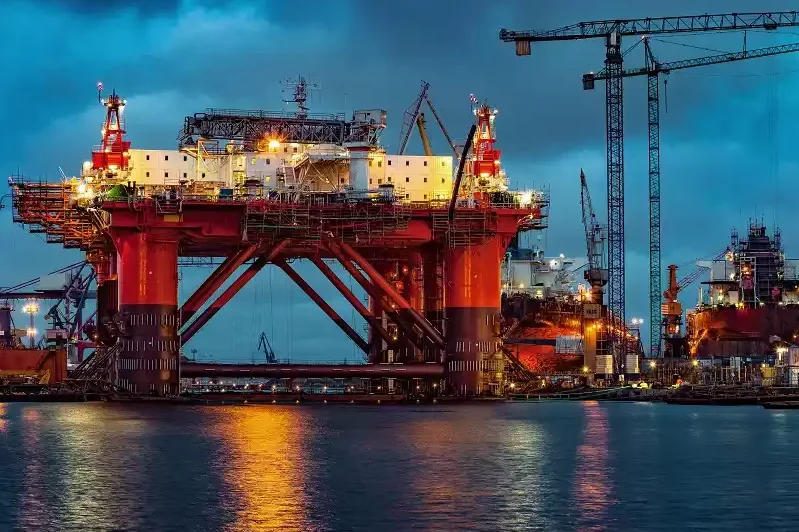IEA: Oil production in Mexico will decrease in five years

Oil production in Mexico will decrease in five years, according to the International Energy Agency (IEA).
The IEA states that there will be a decline in oil production in Mexico in the coming years, citing reduced investment in exploration and production by both the Mexican government and private companies.
Additionally, they mention that Pemex’s priority fields will begin to decline starting next year, but the start of operations for Zama and Trion may help mitigate the decline.
Mexico’s oil production is expected to decrease over the next five years due to reduced state investments.
The IEA estimates that the reduction will be close to 33%, with a drop of 500,000 barrels per day or 33% less in hydrocarbon liquid extraction.
According to this data, Mexico will become the country with the largest percentage reduction among non-affiliated members of the Organization of Petroleum Exporting Countries (OPEC+).
From January to July, the national crude oil production reported by the National Hydrocarbons Commission (CNH), plus the production of condensates reported by Petróleos Mexicanos (Pemex), averages 1.944 million barrels per day.
In absolute terms, Mexico would experience the largest decline in oil production after Russia among OPEC+ producers, bringing it to slightly less than 1.5 million barrels per day by 2028, according to the latest Outlook from the International Energy Agency.
Russia’s production, on the other hand, is expected to decrease from the current 9.6 million barrels per day to 9 million barrels per day in five years, a reduction of 5.5% or 600,000 barrels per day over the next five years.
Fleetwood Energy’s Ichalkil-Pokoch project has been continuously operational since its inception. Meanwhile, Eni’s Area 1 has shown consistent increases in volumes since the FPSO Miamte platform became operational in 2022.
Oil production in Mexico
Recent major discoveries by Eni and Wintershall Dea have also contributed to these successes.
To combat the decline in the following years, it will be crucial to bring the Zama and Trion fields into operation, as stated by the IEA.
The departure of Equinor from the country and Shell’s series of dry holes have raised doubts about Mexico’s long-term growth prospects.
Furthermore, the giant oil fields that the country has relied on are on a natural decline trajectory.
The EIA document estimates that Pemex’s priority fields for accelerated production will peak at just over 450,000 barrels per day next year, after which they will begin to decline.
Fields operated by private contractors like Tecoalli, Miztón, Amoca, and Hokchi will also start their descent at the end of 2024.
Also read: Starlink arrives in Mexico through Mercado Libre.






